Parameters and details
MSI’s Titans have always represented the absolute most you can get in a laptop. Over time, however, they’ve been shrinking in size (and hand-in-hand with that, weight) in a way that the new GT77 Titan is actually a fairly compact laptop already. Inside it, though, is the most powerful mobile graphics card, the GeForce RTX 3080 Ti, and a Core i9-12900HX processor. Loud noise and high temperatures?
Basic parameters
| Parameters | MSI GT77 Titan 12UHS-014CZ | |
| Dimensions | 397 × 330 × 23 mm | |
| Weight | 3.3 kg | |
| Display | 17,3", 16:9 4K 3840 × 2160 px, IPS, 120 Hz, 100 % DCI-P3, matte | |
| Procesor | Intel Core i9-12900HX, 16C/24T, 55 W, 7nm | |
| Graphics card | Nvidia GeForce GTX 3080 Ti 16 GB GDDR6 (175 W) / Intel UHD 12th gen, intergrated | |
| Memory | 64 GB DDR5 SODIMM (4000 MHz), replacable, up to 128 GB | |
| Storage | 1× 2 TB SSD M.2 PCIe Gen 4.0 NVMe, 3× free slot M.2 slot (1× Gen 5.0) | |
| Ports | 2× USB-C Thunderbolt 4, 3× USB 3.2 Gen 2 10 Gb/s type A, 1× HDMI 2.1, 1× mini-Displayport 1.4, 1× RJ-45 2.5G Ethernet, 1× 3.5mm jack, 1× SD reader | |
| Battery size | 99 Wh | |
| Camera resolution | 720p, IR | |
| Speakers | 2× 2 W speaker, 2× 2 W woofer | |
| Approximate price | 5250 EUR |
Details
As far as my memory goes, it was only fair to imagine a laptop the size of a small box filled with bricks under the Titan label from MSI. However, technologically, we’ve advanced significantly over the years, so the first surprise is that the new Titan has a surprisingly small and lightweight package, perhaps on par with the GE76 I last tested from MSI. The packaging design is surprisingly subtle and although it has a gaming theme, it doesn’t scream anything.
The prices of high-end laptops easily attack the 4–5k dollar mark, and in this price range, a richer package should be a given. However, when you unpack the laptop and find only a charger and a lot of paperwork, you might be a bit disappointed. This isn’t the case with the new Titan, however.
Therefore, the first praise I give is for the accessories that you get with the laptop. These are useful things, that is, except for the Lucky the dragon key ring.
There are never enough USB flash drives, and having one with you at all times is definitely a good idea. Especially if it has 128 GB and offers both the classic “A” and the new “C”.
Another thing that I would definitely welcome with expensive gaming laptops is a gaming mouse in the package. It’s not such a high investment for manufacturers that they’d go broke including it with a several thousand dollar laptop, and it’s practically a necessity for a new owner if they want to play games on the laptop. After all, playing on a touchpad is pointless. One could argue that a gamer certainly already has a mouse, but what if this is the first gaming laptop? And a backup mouse for travelling, which will always be in a backpack, will also come in handy…
So, for me, I rate the package of the new Titan as an A+ and other manufacturers should take a lesson from MSI.
As already mentioned, the Titan represents the absolute pinnacle of what MSI is doing even though we’ve been waiting for the new product for quite a while. The last time the Titan was available last with Intel’s 10th generation and RTX 20 Super series. Thus, we can say that the GT77 has skipped two cycles thanks to the 12th generation Intel and the RTX 3080 Ti, which is the latest addition to the graphics family. The GT77 offers the absolute ceiling of what you can currently buy in a laptop. At its heart is the 12900HX from 12th generation Intel with 16 P+E cores with Alder Lake architecture, which also gave the laptop DDR5 memory or PCIe 5.0 SSD support. The tested configuration received 64 GB of RAM and a 2 TB SSD, both of which you can further expand on your own, which we’ll look at later. Another important part of the laptop is undoubtedly the display, with the manufacturer reaching for a 17.3-inch panel with 4K resolution and 120Hz refresh rate. The tested configuration is priced around 5250 euros. There is also the 12UGS-016CZ model, which has 32 GB of RAM and an RTX 3070 Ti with a price tag of just over 4000 euros. The top model can dedicate a total of 250 W for CPU+GPU, the lower configuration will offer “only” 225 W.
In addition to the hardware upgrade, the new Titan also brings significant design and practical improvements. Its predecessors could be considered weapons due to their size and weight. Therefore, the design and dimensions that the GT77 brings are hard to believe. The thickness has been almost halved and a kilo less weight also makes a big difference. Out of the box, I almost didn’t want to believe that this is the new Titan? The difference in dimensions versus the GE76 is negligible, although the 3.3 kg weight is still felt. Overall though, this is a huge step forward and it’s safe to say that the Titan is no longer significantly different from other high end laptops, which is literally a miracle considering the performance and features. I also really like the subtle backlighting, and the glowing logo also catches the eye.
On the manufacturer’s website, Titan boasts desktop-like connectivity, which is not an entirely untrue statement. On the left side we have a power connector, a pair of 10 Gb USB A, an SD card reader and an audio jack. On the right is another 10 Gb USB A, a pair of Thunderbolt 4 USB-C, mini Displayport 1.4, HDMI 2.1, and RJ-45 2.5 Gb Ethernet. I really can’t think of what else you could ask for, as the laptop offers everything you need. Perhaps the only thing that bothered me a bit is the relocation of the ports to the sides, due to the massive cooling in the back. I’ve come to love the ports on the back of notebooks, and even more so on gaming models where the cables on the right side will get in the way when you’re using the mouse.
The display lid is pushed further forward, giving more space for cooling. At the bottom we see a large ventilation grille.
Removal of the bottom cover is easy thanks to the use of classic Phillips head screws, which are the same length. For this, again, I give praise and it is evident that the manufacturer takes care to make the notebook easily accessible and serviceable.
After removing the bottom cover, you get to the components. The internal layout is the absolute pinnacle of what we’ve been able to look at so far. We’ll have to see the cooling system in more detail, apart from that we can see plenty of space in the middle for the drives and a large battery at the bottom.
Titan Cooling, as the manufacturer calls the cooling system, consists of 4 fans, 7 heatpipes and up to 6 exhausts that are all over the back. In total, the GT77 is said to offer up to 250 W for the CPU + GPU and 175 W for the GPU or 150 W for the CPU separately. We’ll see if the cooling can handle these extreme parameters, especially after the drastic weight loss against its predecessors.
Let’s move on to the expansion options. In the middle we see a large silver cover, under which you will find the SO-DIMM slots for RAM. On the right is a 2TB PCIe 4.0 SSD installed.
Interestingly, the slot for memory has two “layers”, so a total of four modules can be installed for a total of 128 GB.
On the left side is another trio of M.2 slots, with the first offering support for the new PCIe Gen 5.0, the rest are Gen 4.0. In addition to the M.2 slots, we also find the Killer AX1675i WiFi 6E card, which is also removable.
The forward offset of the hinges is more pronounced than on the GE76, their firmness is good.
The lid can only be opened to an obtuse angle, a straight opening is not possible due to the cooling design.
Another gem that the Titan offers is the MX Cherry mechanical keyboard. I adore the low profile mechanical switches and typing on the GT77 is a joy. The overall impression is somewhat spoiled by the fact that only the main part is mechanical without the function keys, numeric part and directional arrow keys. The transition from mechanical to classic membrane is thus quite noticeable and not pleasant. This is a strange compromise that simply should not be present in this price range. And as you already know me, I miss the Big-ass Enter.
The touchpad is less used on gaming laptops than on ultrabooks or professional models, but it’s still an important part of the user experience. The new Titan brings a fairly large touchpad with integrated right and left buttons, gestures and common finger movements were recorded by the touchpad without any problems, so I have no complaints about it.
The weak side of gaming laptops is usually biometric security, but this is not the case with the new Titan, which has taken it from the completely opposite side. In fact, it offers an AJ fingerprint reader and an infrared camera with Windows Hello support. I’d kiss the engineers at MSI’s hands for this, and yet it didn’t even hurt did it? I really don’t understand why this combination is so rare, although I would expect it in every other laptop. As for the camera itself, it’s a standard 720p HD version that doesn’t surprise with anything.
The laptop is equipped with a 99.9 Wh battery, which is the legal limit for being on board an aircraft. Although the inside of the laptop could handle a larger battery, the regulations are the reason why we have never seen a 100+ Wh battery.
You will get a 330 W charger with the laptop, which is huge and heavy. So add an extra kilo to your laptop for travel and USB-C won’t really save you, as the Titan doesn’t support USB-C charging. Charging is surprisingly slow and it takes over 3 hours to reach 100 %. But after an hour and a half, the battery is already showing over 80 %, so it’s not that tragic. The battery life doesn’t impress in our tough YouTube test, but the Titan is definitely not an ultrabook for travel. I clocked 3 hours and 47 minutes in Balanced mode, and a slightly better 4 hours and 23 minutes in Super Battery. So it’s definitely not a record breaker and AMD platform laptops continue to dominate in this area, yet the measured endurance is surprisingly good for DTR (Desktop Replacement) standards.
- Contents
- Parameters and details
- Testing methodology
- Display tests
- Rendering and Geekbench
- 3D/PC Mark ang Unigine Heaven/Superposition
- Gaming tests – dedicated GPU
- Encryption, encoding
- Memory and storage tests
- Temperature and battery life
- Blender – CPU, CUDA and Optix tests
- Performance modes
- Utility app
- Evaluation





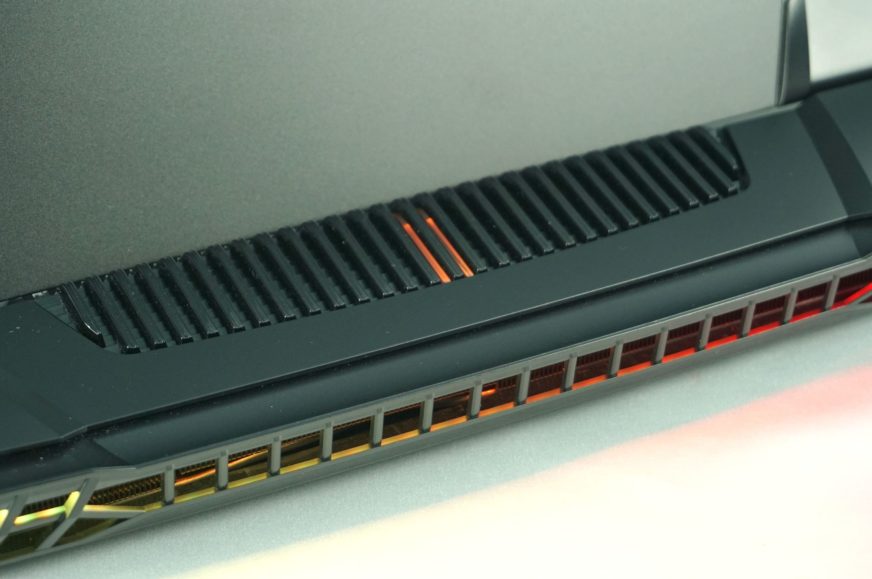
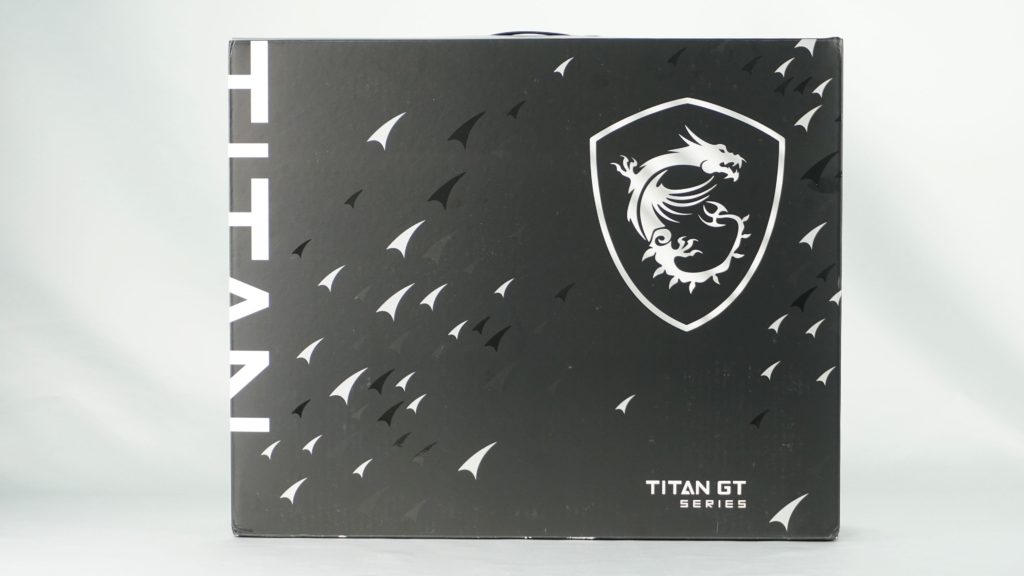
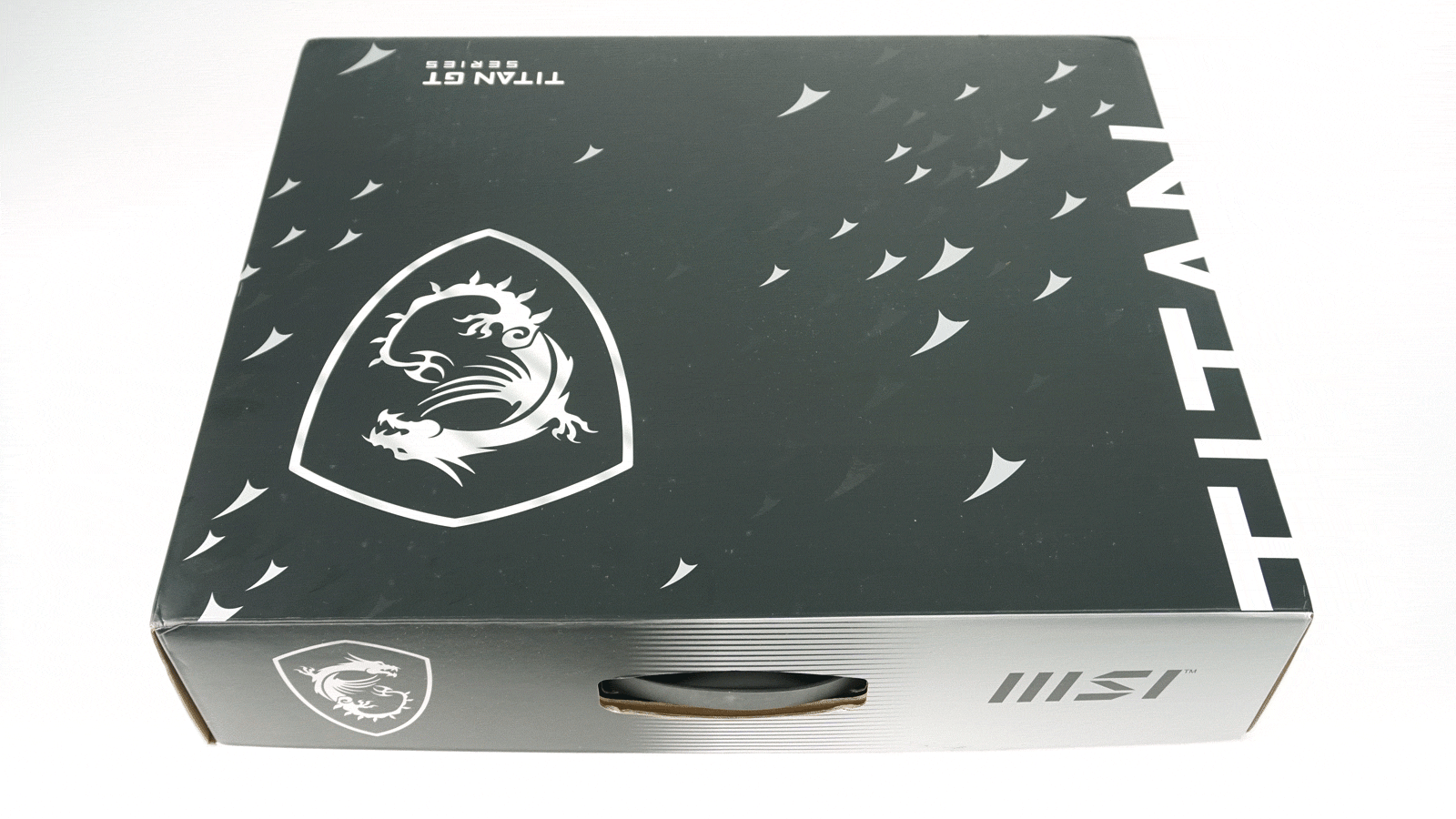
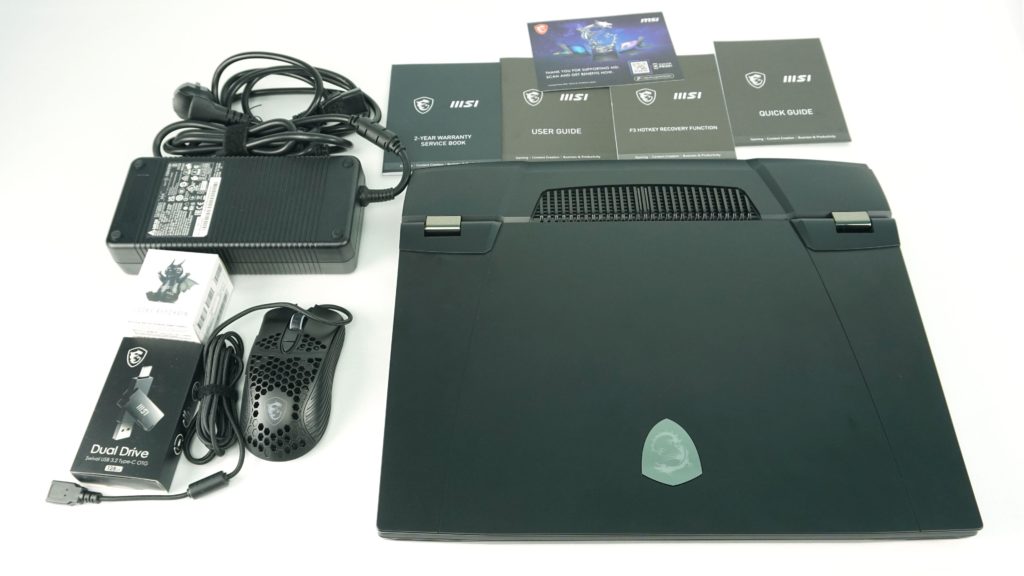

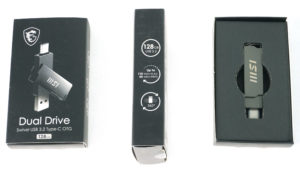
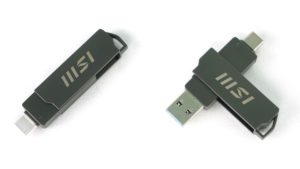
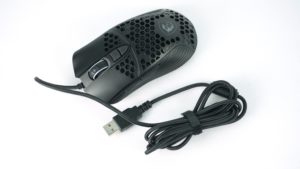
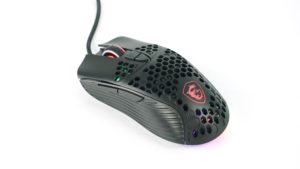
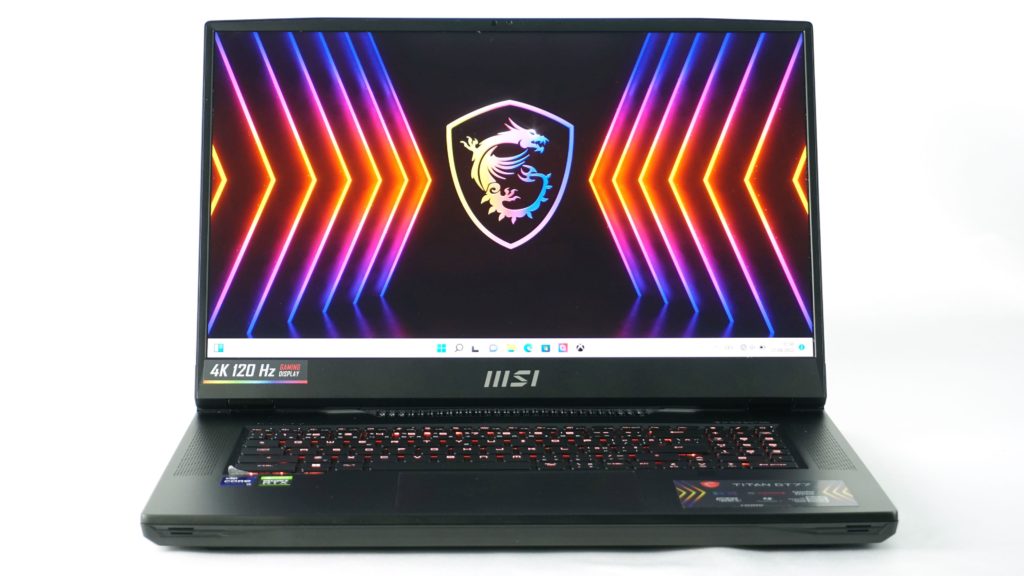
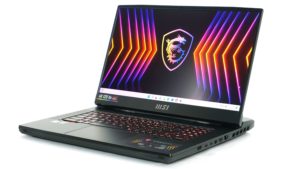
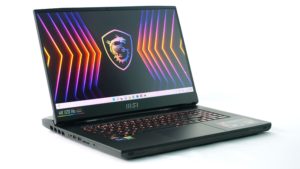

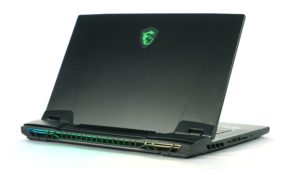
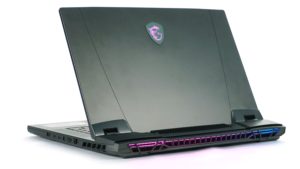
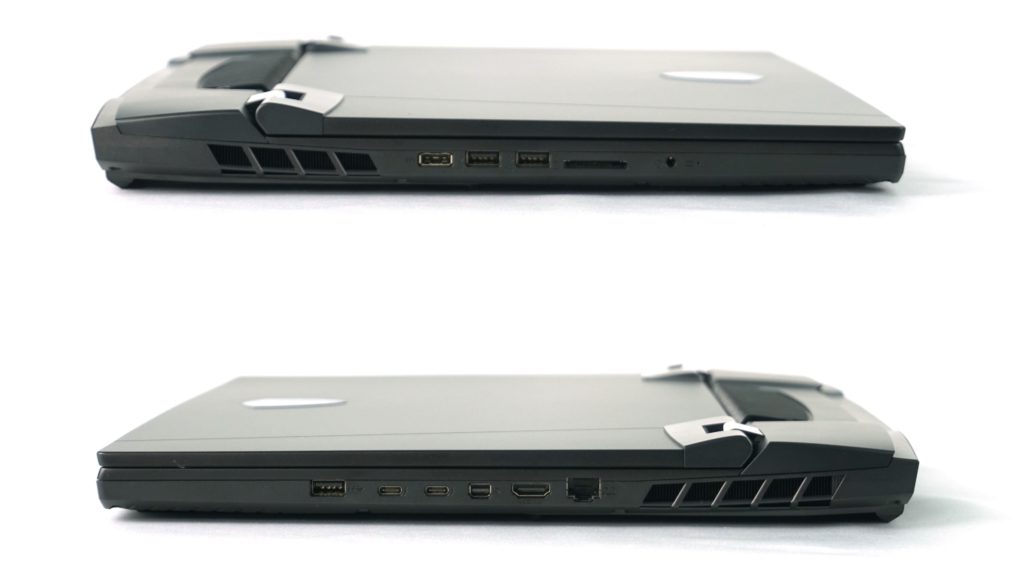
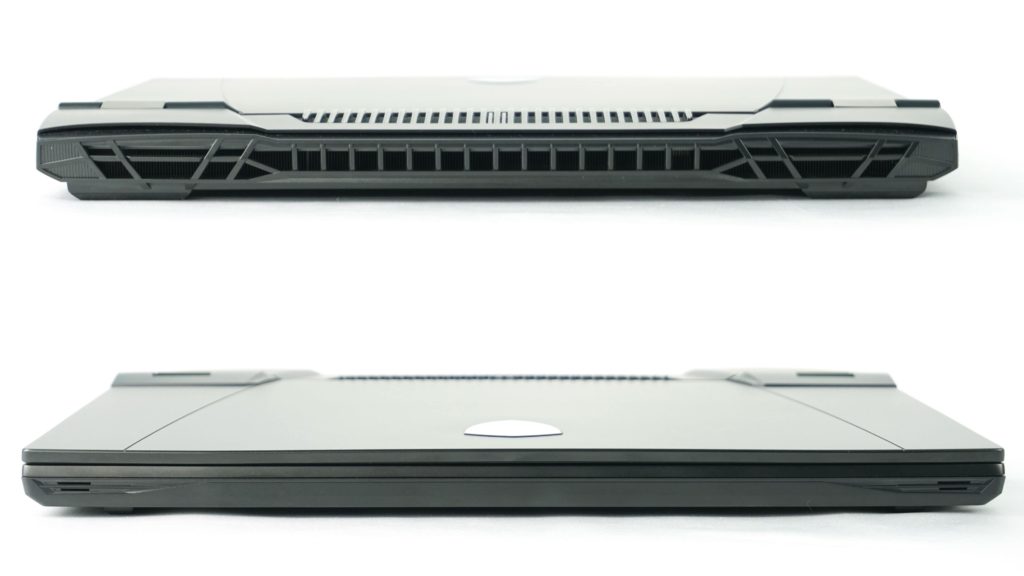
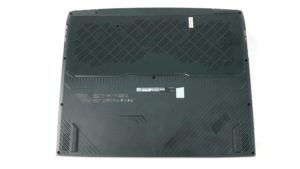
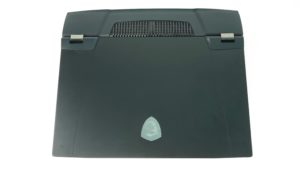

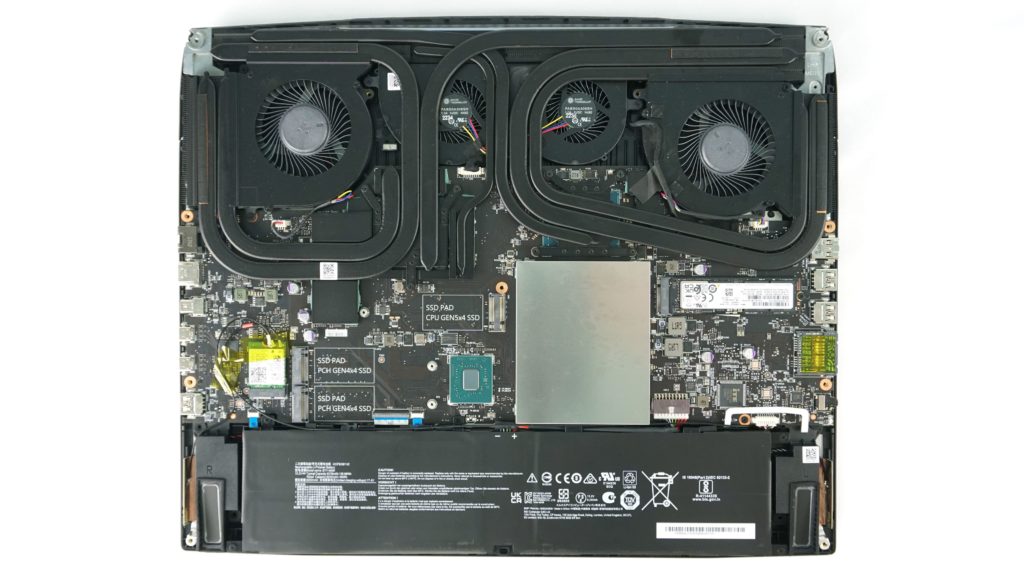

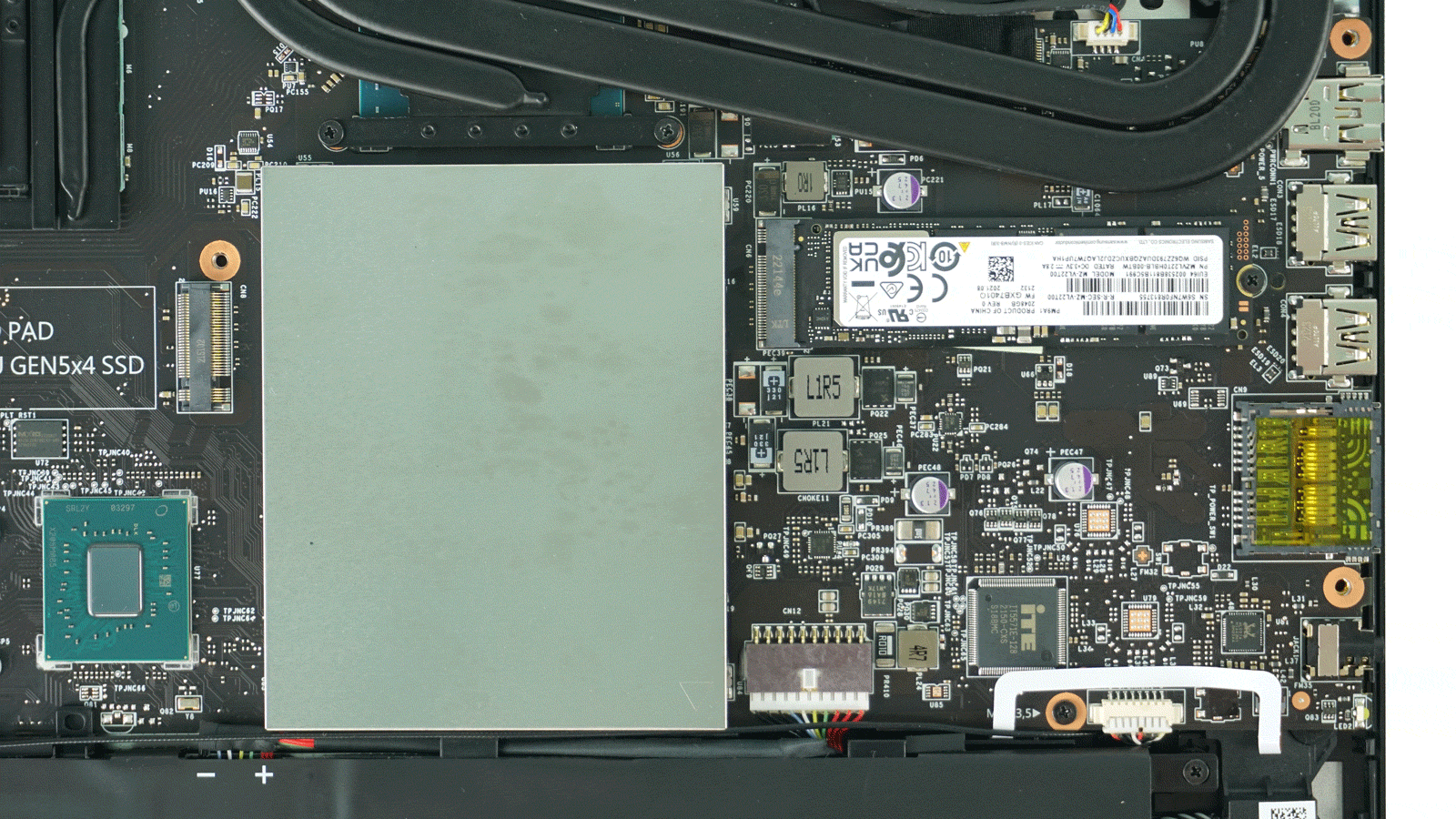
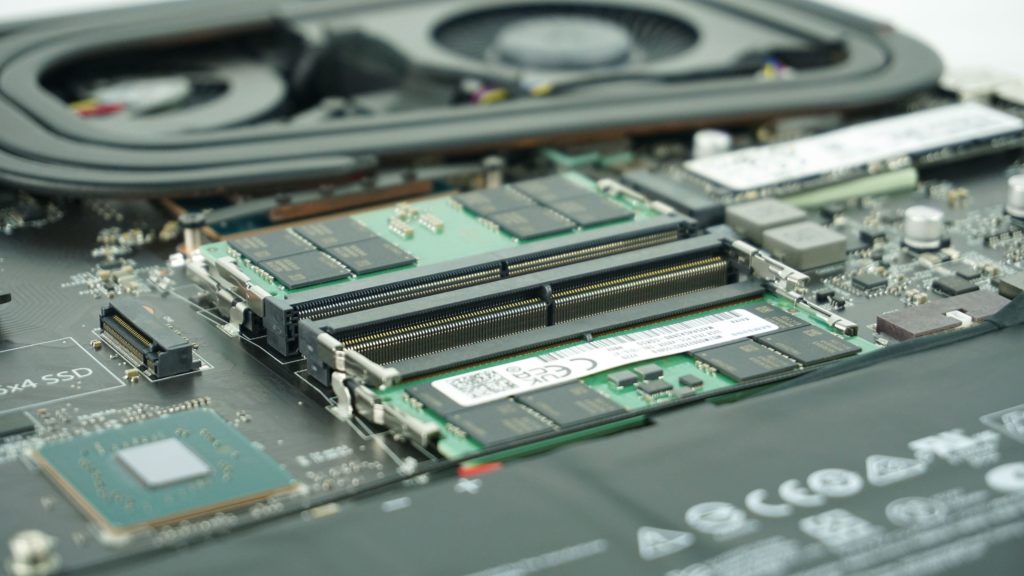
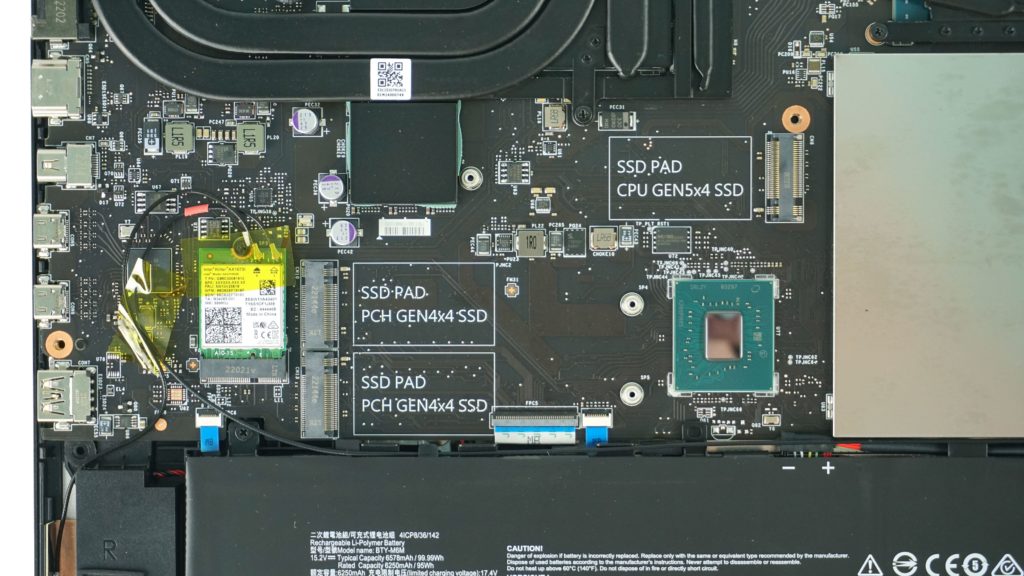
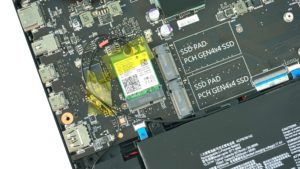
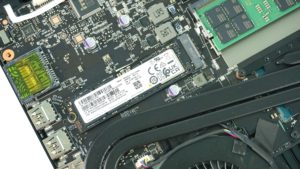


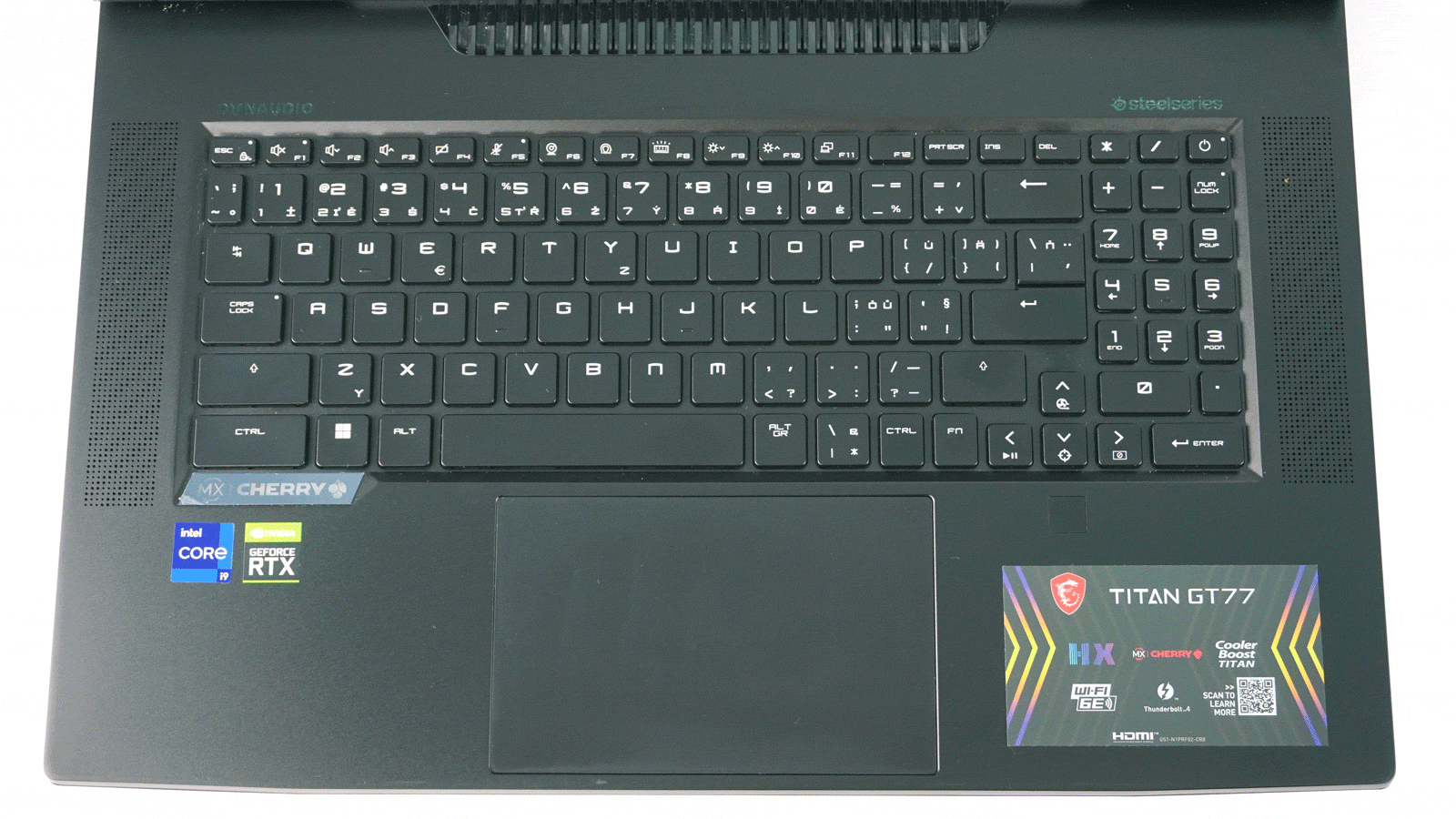
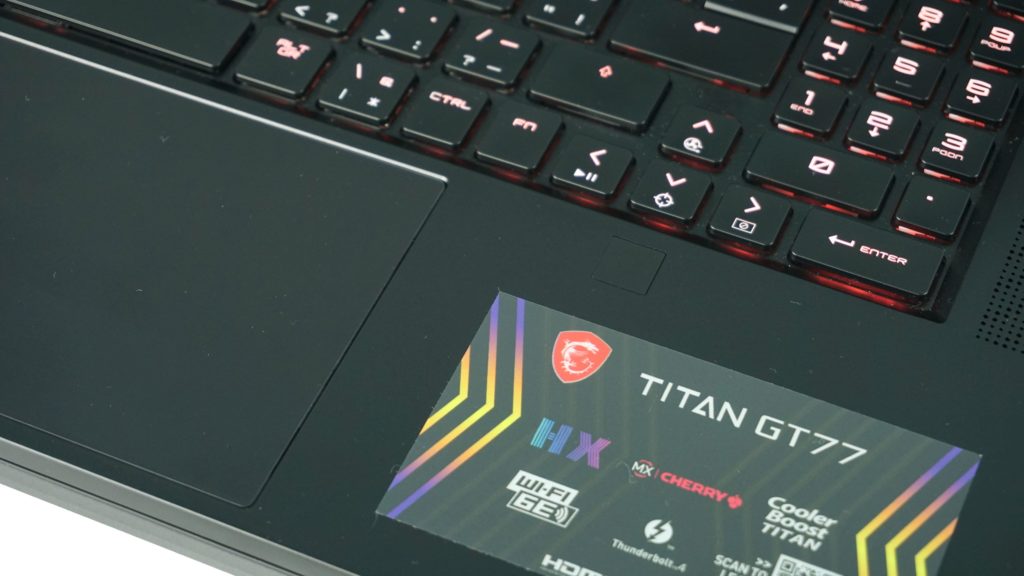
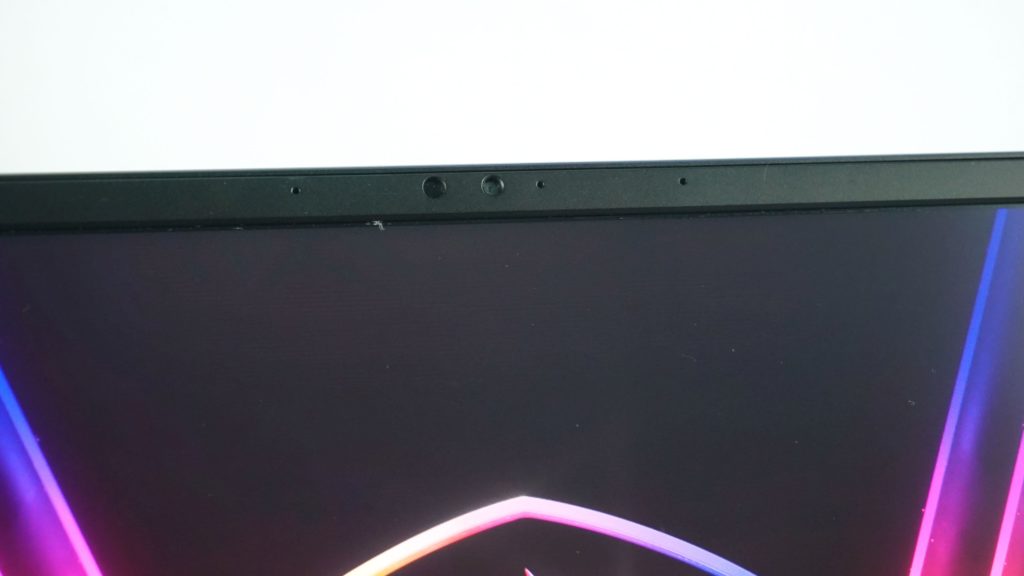

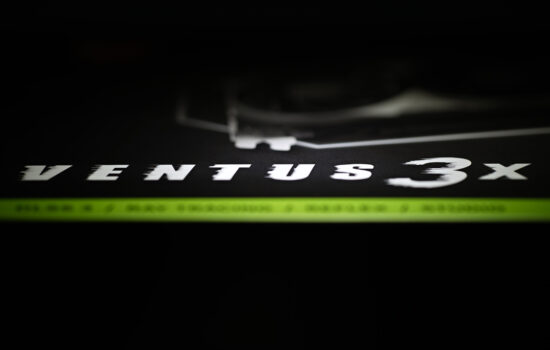
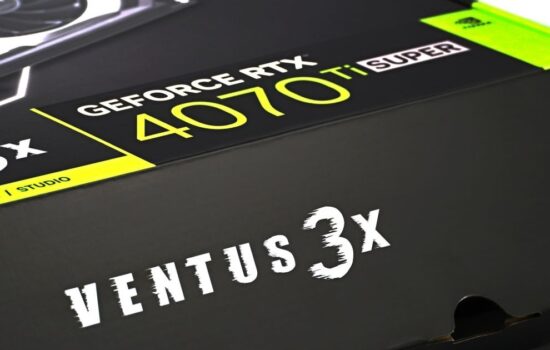




wondering how this testing is done when everyone leave in spec 64gb ddr5 4800mhz when this laptop is not able to run 4800mhz with 2 and more inserted sticks. thats only possible with 1 stick. even msi realised this and removed it from spec. the memory is capable of 4800 in jedec 5 and 7 profile but doesnt have cmp profile and also laptop even in advanced menu doesnt have xmp profile listed just default and custom. any attempt to chamge to 4800 results in pc reitraining memory fail.its proven the xmp work if u buy different memory modules like crutial but u should not for pricetag of 5k euros. to be fair the 4000mhz is ok as its CL32 while 4800mhz would be CL 40 also during testing you should notice the gpu is runing pcie 40 x8 by design. thats not causing any performance issue as u r not able to saturate pcie 40×8 anyway but should be mentioned in my opinion.
Hello Martin, you are absolutely right. When checking the screenshots from tests I can confirm the GPU to be running PCIe 4.0 x8 and also the memory config to be 4000 MHz and CL32. We’ll check with the manufacturer why the 4800 MHz was advertised at it’s still shown at lot of eshops even at this moment.